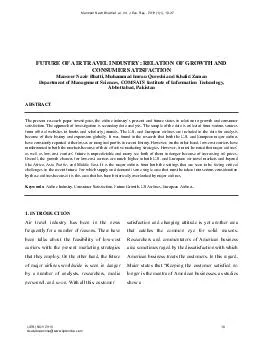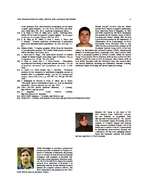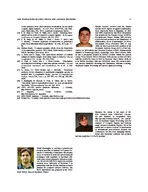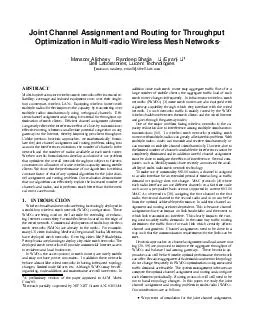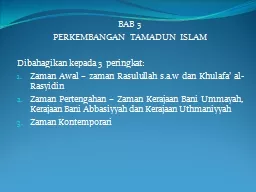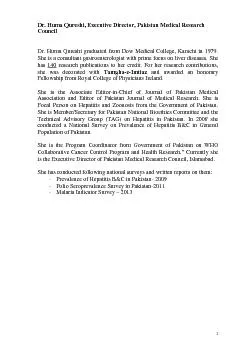PDF-FUTURE OF AIR TRAVEL INDUSTRY RELATION OF GROWTH AND CONSUMER SATISFACTION Mansoor Nazir
Author : lindy-dunigan | Published Date : 2015-01-22
T he approach of investigation is secondary data analysis The sample of the data is collected from various sources from official websites to books and scholarly
Presentation Embed Code
Download Presentation
Download Presentation The PPT/PDF document "FUTURE OF AIR TRAVEL INDUSTRY RELATION O..." is the property of its rightful owner. Permission is granted to download and print the materials on this website for personal, non-commercial use only, and to display it on your personal computer provided you do not modify the materials and that you retain all copyright notices contained in the materials. By downloading content from our website, you accept the terms of this agreement.
FUTURE OF AIR TRAVEL INDUSTRY RELATION OF GROWTH AND CONSUMER SATISFACTION Mansoor Nazir: Transcript
Download Rules Of Document
"FUTURE OF AIR TRAVEL INDUSTRY RELATION OF GROWTH AND CONSUMER SATISFACTION Mansoor Nazir"The content belongs to its owner. You may download and print it for personal use, without modification, and keep all copyright notices. By downloading, you agree to these terms.
Related Documents

